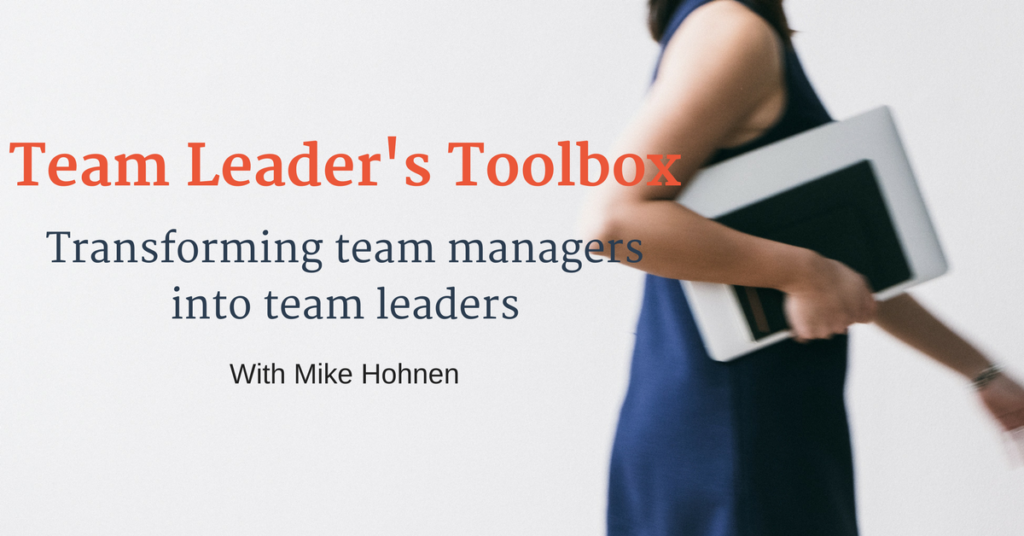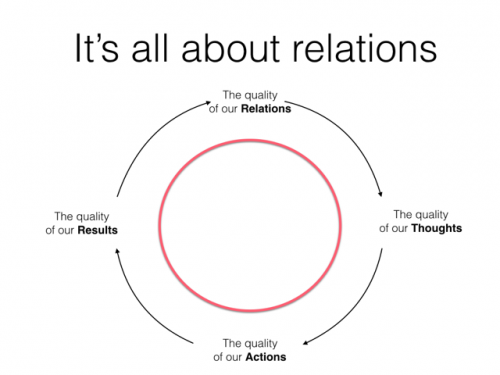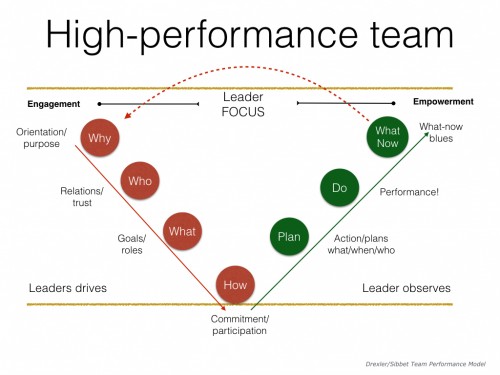Progressive service organisations have for a while now been focusing on the customer experience. It is well established that the way our customers perceive the total experience is crucial to getting their loyalty – and loyalty, at the end of the day, is the magic path to profits and growth.
But only the most advanced companies are looking at the logical consequence of that thinking: How are we managing the employee experience? If you are familiar with the Service Profit Chain, this line of thought will not come as a surprise to you.
The customer experience at the end of the day is a reflection of the employee experiences. So it makes perfect sense to start looking much more closely at how we are managing our employee experiences.
There are different ways we could approach that. We could look at a classic journey map over the life span of employment. What is the pre-employment experience (recruiting, etc.)? How does the on-boarding flow? What is the developmental path proposed? And finally, what happens when people, for one reason or the other, move on? Who does the exit interview? You do have exit interviews, don’t you ? And how are we using the exit interviews to feedback into improving the current system?
Personally I think that any HR department worth its salt should insist that we create that map – and, once we have created it, do some research on what the emotional highs and lows are on the path.
But as a manager – the immediate supervisor of those all important frontline employees, there is possibly an even more important perspective to take on the employee experience. How does each day begin? How does the day then unfold and how does the day end?
Every day when we leave our work, we tell ourselves a story about how the day went.
It is not a factual objective recorded version of the day but our story of our day.
What shapes our story is basically three things: changes, significant moments and endings. These constitute the highs and lows of the day. Then we string them together and create a story from that.
When something changes for the better compared to what we expected, we have positive emotions and when something turns out to be worse, we have negative emotions. Positive or negative emotions trigger corresponding positive or negative thoughts respectively in our brain.
Depending on whether they are positive or negative, they influence our performance and relationships – as you probably well know. If you are aware of this, you can try and manage the day to the best of your ability to minimise unpleasant surprises. Often this is a question of taking the time to communicate with the team so that they understand what’s coming.
Significant moments are a bit in the same category – they are either positive or negative – if they are neutral, they would not be significant. What are your opportunities for building in positive significant moments? It can be anything from getting doughnuts for everyone on a tricky day, to having that important conversation with a key team member. Significant moments are very largely within your control – if you want to.
And finally, psychological studies have shown time and again that the ending is the most influential factor in how we evaluate an experience. A visit to the dentist that ends with sharp pain is remembered vastly different from the same visit extended with a 5 minute empathetic soothing talk and hug.
So how does a day end on your team? Have you ever given that any thought?
There is a nice process that you can incorporate into your manager’s toolkit for wrapping up the day in a constructive way – we call it the goals grid reflection – it’s a 5-10 minute process you can do at the end of the day with your team.
___________________________________________________
This is the eleventh article in a series on how to lead as a first time manger. If you would like to know more, check out other articles of the first time manager series:
- How are you supporting your first time managers?
- The big leap… from team member to team leader
- First time manager – The challenges
- Direction, Alignment & Commitment in 4 easy steps
- How your relations affect your results
- Powerful or powerless, what do you prefer?
- Behaviour
- Conversations, not small talk
- Take charge of your energy levels!
- You won’t get results by pussyfooting around the issues!
- What drives a fabulous employee experience?
I have a new online training out on this: The Team Leaders Toolbox – check it out










